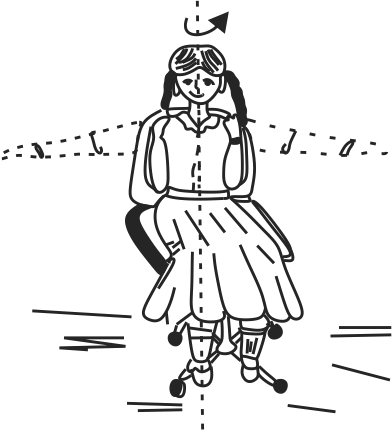365670 An ice skater starts a spin with her arms stretched out to the sides. She balances on the tip of one skate to turn without friction. She then pulls her arms in so that her moment of inertia decreases by a factor of 2 . In the process of her doing so, her kinetic energy becomes \({n}\) times the initial kinetic energy. Find the value of \({n}\) is
365670 An ice skater starts a spin with her arms stretched out to the sides. She balances on the tip of one skate to turn without friction. She then pulls her arms in so that her moment of inertia decreases by a factor of 2 . In the process of her doing so, her kinetic energy becomes \({n}\) times the initial kinetic energy. Find the value of \({n}\) is
365670 An ice skater starts a spin with her arms stretched out to the sides. She balances on the tip of one skate to turn without friction. She then pulls her arms in so that her moment of inertia decreases by a factor of 2 . In the process of her doing so, her kinetic energy becomes \({n}\) times the initial kinetic energy. Find the value of \({n}\) is
365670 An ice skater starts a spin with her arms stretched out to the sides. She balances on the tip of one skate to turn without friction. She then pulls her arms in so that her moment of inertia decreases by a factor of 2 . In the process of her doing so, her kinetic energy becomes \({n}\) times the initial kinetic energy. Find the value of \({n}\) is

